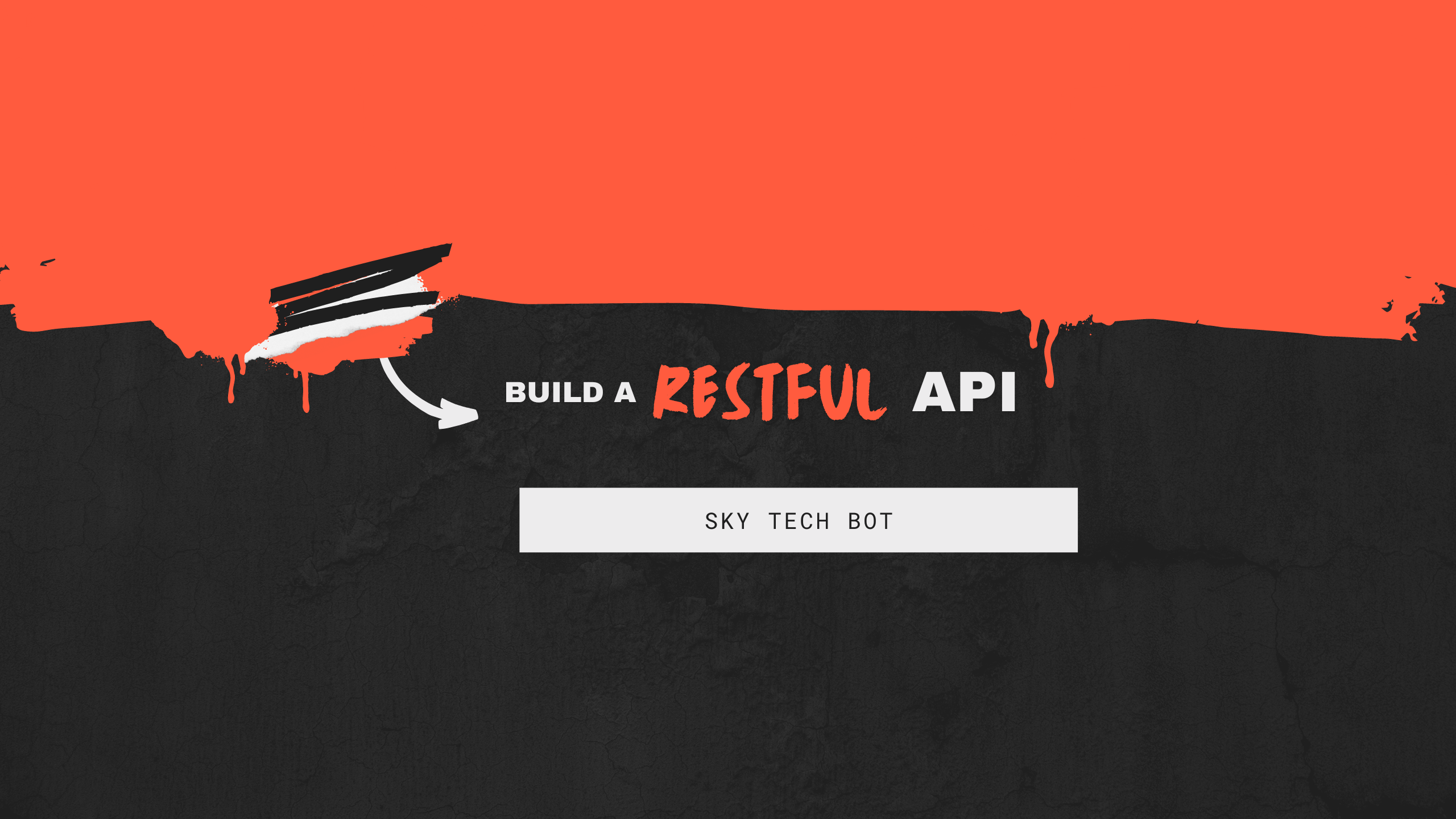Building a RESTful API with Laravel is a great way to create a powerful and flexible web application. Laravel is a popular PHP framework that makes it easy to build APIs with robust features like routing, middleware, and authentication. In this blog post, we will guide you through the process of building a RESTful API in Laravel.
Prerequisites
Before we begin, you’ll need to have the following:
- Basic knowledge of PHP and Laravel
- A local development environment set up with PHP, MySQL, and Composer installed
- A code editor such as Visual Studio Code or Sublime Text
Step 1: Create a new Laravel project
First, create a new Laravel project by running the following command in your terminal:
composer create-project --prefer-dist laravel/laravel my-api
This will create a new Laravel project in a directory named “my-api”. Once the project is created, navigate to the project directory and run the following command to start the development server:
php artisan serve
This will start the development server at http://localhost:8000.
Step 2: Create a new API controller
Next, create a new API controller by running the following command:
php artisan make:controller ApiController
This will create a new file named ApiController.php in the app/Http/Controllers directory. This controller will handle all API requests and responses.
Step 3: Create API routes
In Laravel, you can define routes for your API in the routes/api.php file. Open this file and define some sample routes:
Route::get('/users', 'ApiController@getUsers');
Route::post('/users', 'ApiController@createUser');
Route::put('/users/{id}', 'ApiController@updateUser');
Route::delete('/users/{id}', 'ApiController@deleteUser');
These routes define the endpoints for the API, their corresponding HTTP methods, and the controller methods that handle them.
Step 4: Implement API controller methods
Now it’s time to implement the controller methods that handle API requests and responses. Here’s an example of how to implement the getUsers() method to return a list of users:
public function getUsers()
{
$users = User::all();
return response()->json([
'data' => $users
]);
}
This method retrieves all users from the database and returns a JSON response containing the users’ data.
Step 5: Add middleware and authentication
Laravel provides powerful middleware features that can be used to authenticate API requests. You can add middleware to your API routes to ensure that only authenticated users can access them.
To add middleware to an API route, simply define it in the route definition:
Route::get('/users', 'ApiController@getUsers')->middleware('auth');
This will apply the auth middleware to the getUsers() method, which means that only authenticated users can access this endpoint.
Step 6: Test the API
Finally, it’s time to test the API. You can use tools like Postman or cURL to send requests to your API and inspect the responses.
Here’s an example of how to send a GET request to the /users endpoint using cURL:
curl -X GET http://localhost:8000/api/users
This should return a JSON response containing all the users in the database.
Conclusion
In this blog post, we’ve shown you how to build a RESTful API with Laravel. We covered the basics of creating a new Laravel project, defining API routes, implementing API controllers, and adding middleware and authentication. With this knowledge, you should be able to build your own powerful and flexible REST


